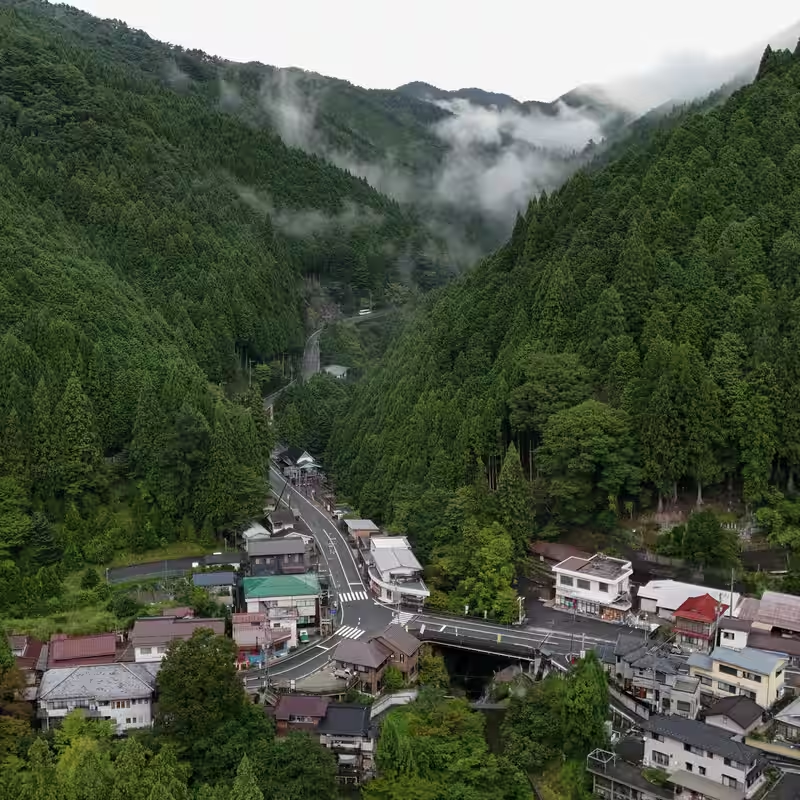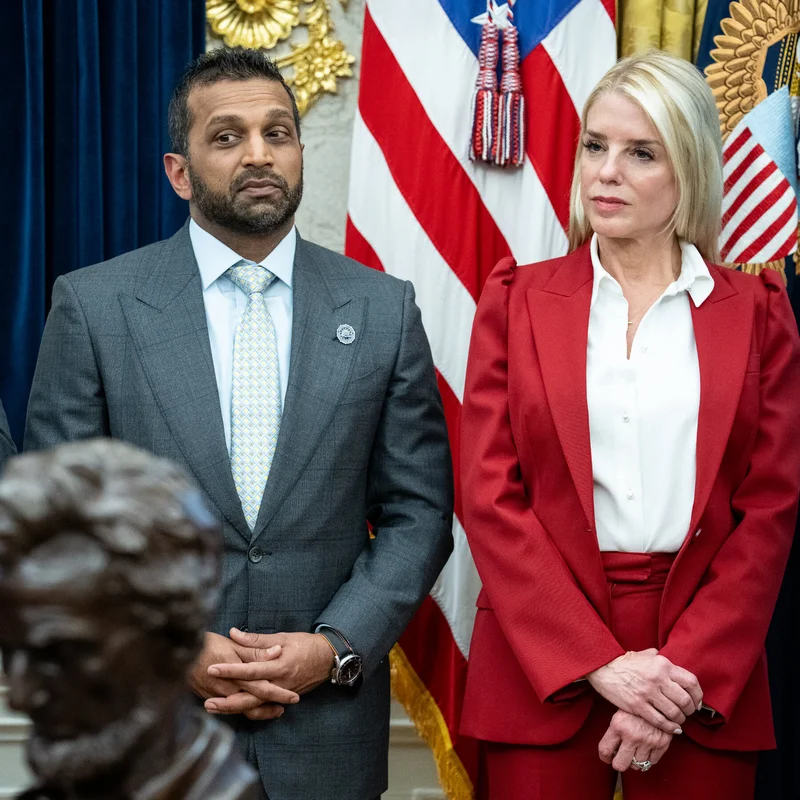In the months before he was accused of assassinating UnitedHealthcare’s CEO Brian Thompson in Midtown Manhattan, Luigi Mangione vanished—geographically and digitally. What The New York Times uncovered about his time abroad paints a haunting portrait of a man shifting from curious backpacker to ideologically driven killer .
Table of Contents
- The Asia Trail: From Bangkok Bars to Sacred Peaks
- Mount Omine: A Spiritual Retreat or a Turning Point?
- From Health Care Rants to a Manifesto
- The Mumbai Connection and Kaczynski Fascination
- Return to the U.S. and the Path to Violence
- Sources
The Asia Trail: From Bangkok Bars to Sacred Peaks
Luigi Mangione’s Asia journey began like many young travelers’: with beers, video games, and casual chats in Bangkok’s neon-lit nightlife district. In early 2024, the 26-year-old Maryland native—recently recovered from back surgery and free of painkillers—was backpacking across Southeast Asia, documenting his adventures on Reddit and WhatsApp.
In Thailand, he bonded with two American expats over M.R.I. costs and Pokémon cards. He joked about paying a Yakuza boss with “pornstar Pokémon” instead of yen. But by April, the chaos of Bangkok seemed to wear on him. “I think I want to stay here for like maybe a month and just meditate,” he told a friend in a voice memo from Japan’s Nara Mountains .
Mount Omine: A Spiritual Retreat or a Turning Point?
On May 6, 2024—his 26th birthday—Mangione checked into a rustic guesthouse in Tenkawa, Japan, the gateway to Mount Omine, a sacred site for Shugendo practitioners for over 1,300 years. Unlike typical tourists, he kept to himself, wrote in a journal, avoided digital devices, and left his room spotless—a detail the innkeeper still recalls with admiration.
Mount Omine has long attracted seekers of solitude, but also those wrestling with inner turmoil. While Shugendo emphasizes nonviolence and spiritual discipline, Mangione’s writings from this period suggest a growing fixation on systemic injustice—particularly America’s for-profit health care system.
From Health Care Rants to a Manifesto
Back in the U.S. by July 2024, Mangione grew increasingly isolated. He stopped posting online, ignored messages from family, and his mother filed a missing persons report in November. But in private journal entries later obtained by prosecutors, his thoughts had crystallized.
“The target is insurance,” he wrote in August. “It checks every box.” He dismissed alternative plans—coded as “KMD”—as “unjustified catastrophe[s].” By October, he had zeroed in on UnitedHealthcare’s investor conference in New York, calling it a “parasitic bean-counter convention” and the perfect stage for his act.
The Mumbai Connection and Kaczynski Fascination
Between Japan and his return to the U.S., Mangione flew 4,000 miles to Mumbai, where he met writer Jash Dholani—known for quoting Ted Kaczynski, the Unabomber. Though Dholani denies endorsing violence, Mangione’s interest in Kaczynski was no secret. In writings and conversations, he called Kaczynski “prescient” on modern society’s ills—while condemning his violence.
Yet Mangione seemed determined to avoid Kaczynski’s fate: being dismissed as a terrorist. “The message becomes self-evident,” he wrote of targeting a health insurance CEO—someone he viewed not as an individual, but as a symbol of a “deadly greed-fueled cartel.”
Return to the U.S. and the Path to Violence
On December 4, 2024, Mangione allegedly carried out his plan: masked, armed with a 3D-printed pistol, he shot Brian Thompson outside a Manhattan Hilton. Shell casings bore words like “delay,” “depose,” and “den”—clear references to insurance denial tactics.
He was arrested five days later at a McDonald’s in Pennsylvania, laptop open, hash brown in hand. Prosecutors say they found a manifesto and detailed journal outlining his motives. Now facing the death penalty, Mangione has pleaded not guilty.
His Asia journey—once a quest for clarity—now stands as a chilling prelude to one of the most politically charged killings in recent U.S. history.




